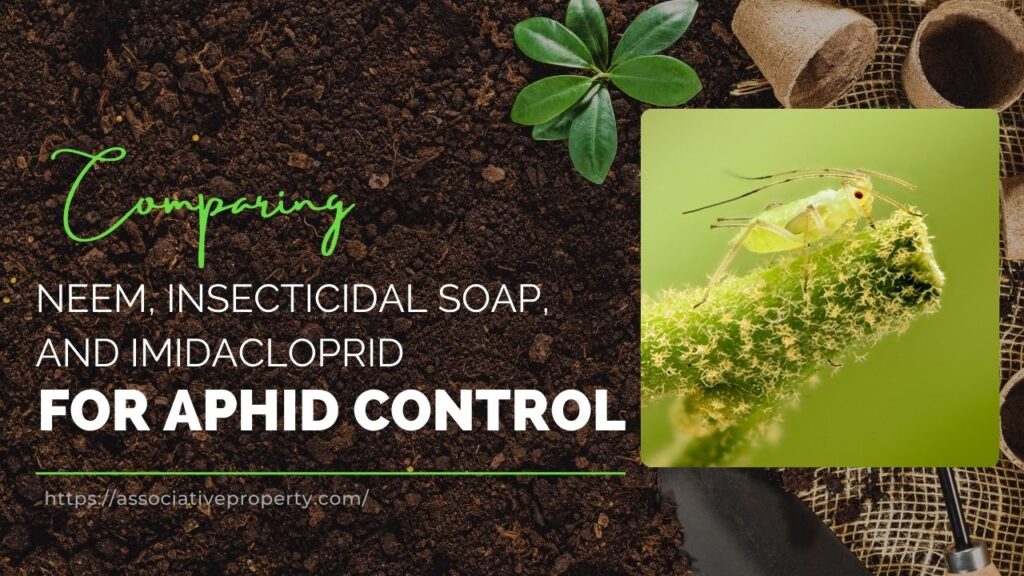A few months ago, I decided to grow a mango tree from a seed. It was an experiment at first, but two months later, I had a small mango tree growing happily in a pot. In this blog, I’ll walk you through exactly what I did, step-by-step.
Related: How I Grew a Ton of Onions: A Complete Guide from Start to Finish
Step 1: Preparing the Mango Seed
After eating a mango, I didn’t throw away the seed. I wrapped it in a paper towel and left it to dry overnight. I did this because the seed is too slippery and hard to handle when it’s wet.
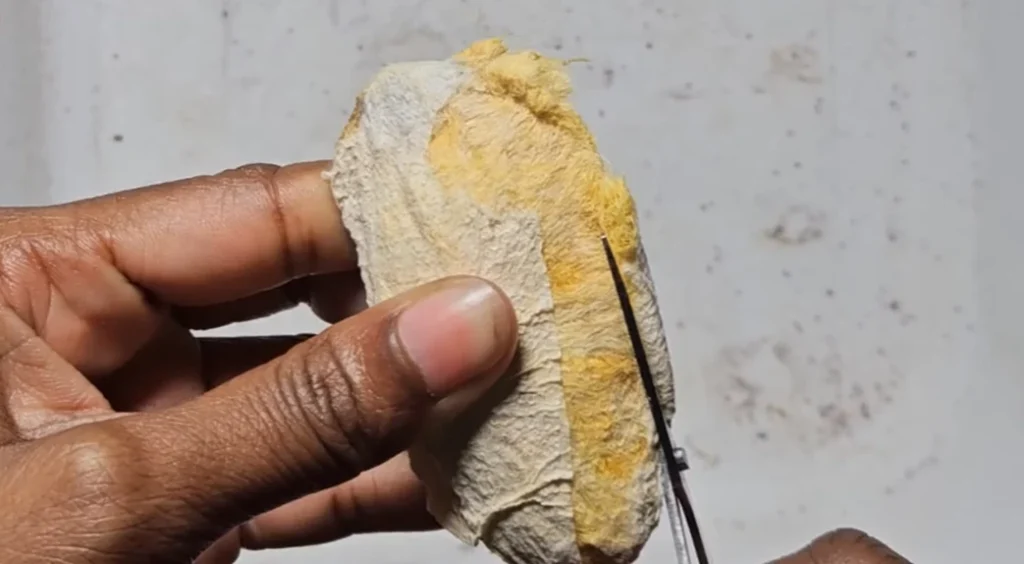
What many people don’t know is that the real mango seed is hidden inside a hard husk. Here’s what I did to open it:
- I let the seed dry overnight.
- I took a pair of scissors and cut along the long seam of the husk. This is the line where the two halves meet.
- Then, I used needle nose pliers to gently pull it open.
- Once I opened part of the husk, I used my hands to finish the job and the seed came out easily.
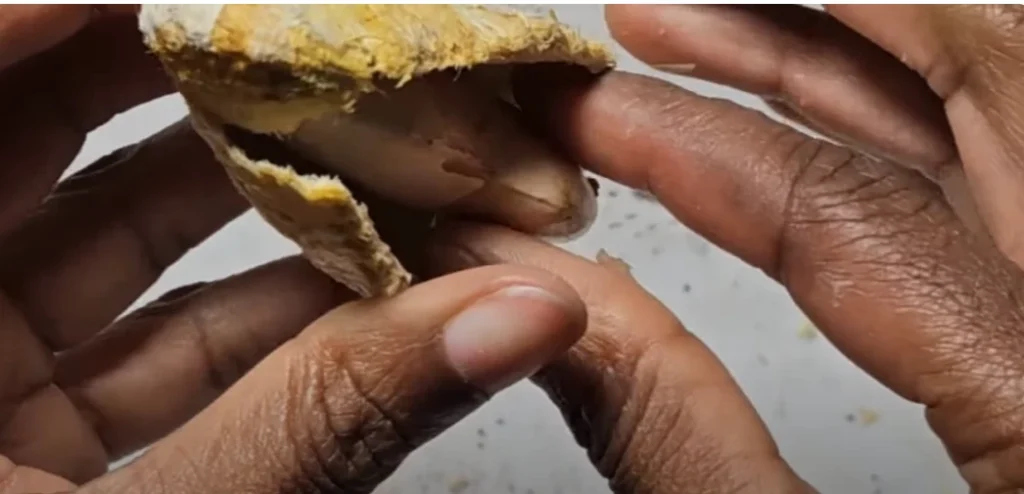
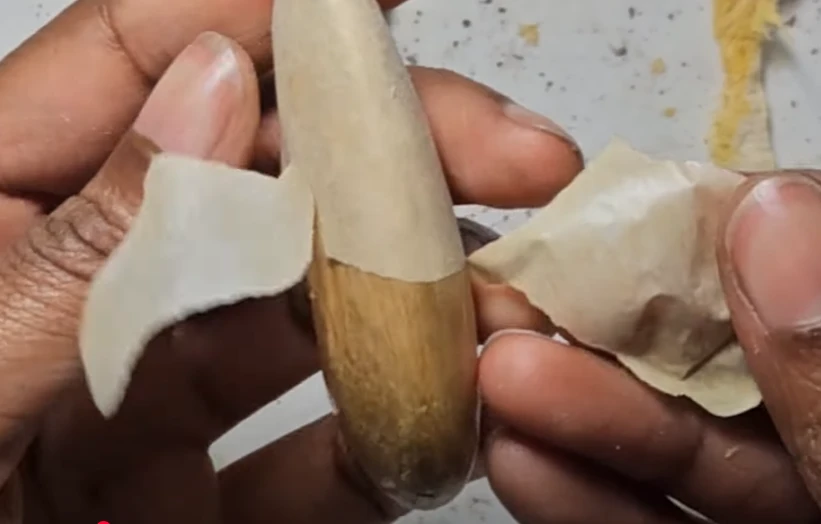
There was a thin, paper-like layer on the seed. It started to peel off on its own, so I removed the rest of it. That’s just the protective coating and it’s safe to take it off if it’s already coming loose.
Step 2: Starting the Germination Process
Now it was time to grow the seed. Here’s what I did:
- I soaked a paper towel in water and then wrung it out until it was just moist.
- I wrapped the mango seed in the moist paper towel.
- I placed it inside a resealable plastic bag.
That’s really all the moisture the seed needs to start growing. I checked on it every few days to make sure the paper towel stayed moist. If it felt dry, I added a bit more water.
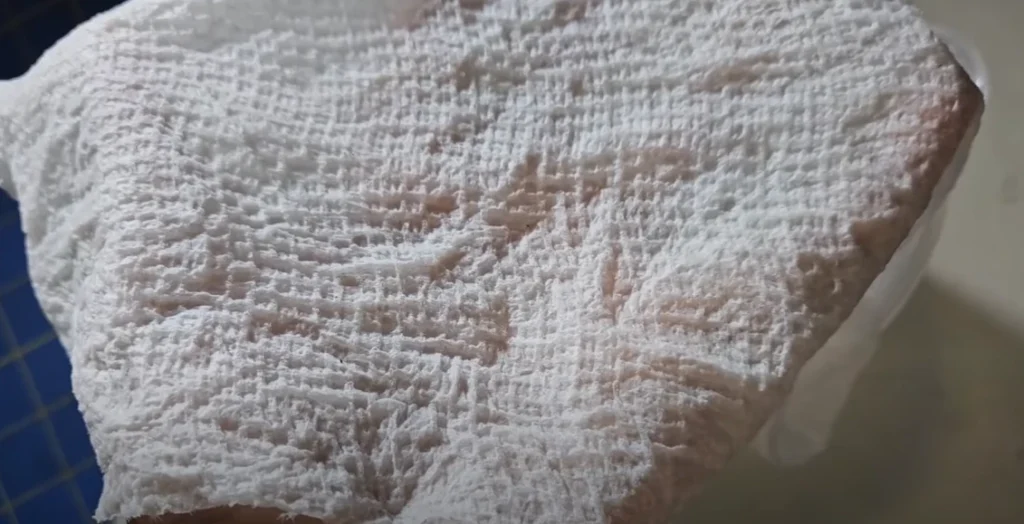

What to Expect:
| Time Frame | What Happens |
|---|---|
| 1 week | Root starts to grow |
| 2-4 weeks | Ready to plant |
I actually forgot about mine for a whole month. When I finally opened the bag, it had already started growing well. I recommend planting it within 2 to 4 weeks after you see root growth.
Step 3: Planting the Seed

I decided to grow my mango tree in a container because I don’t live in the perfect climate for mangoes. I chose a 2.9-quart pot to begin with.
Things to Remember:
- Your pot must have drainage holes. This is very important for mango trees.
- Use well-draining potting mix. Whether you’re planting in the ground or a container, the soil needs to drain well.
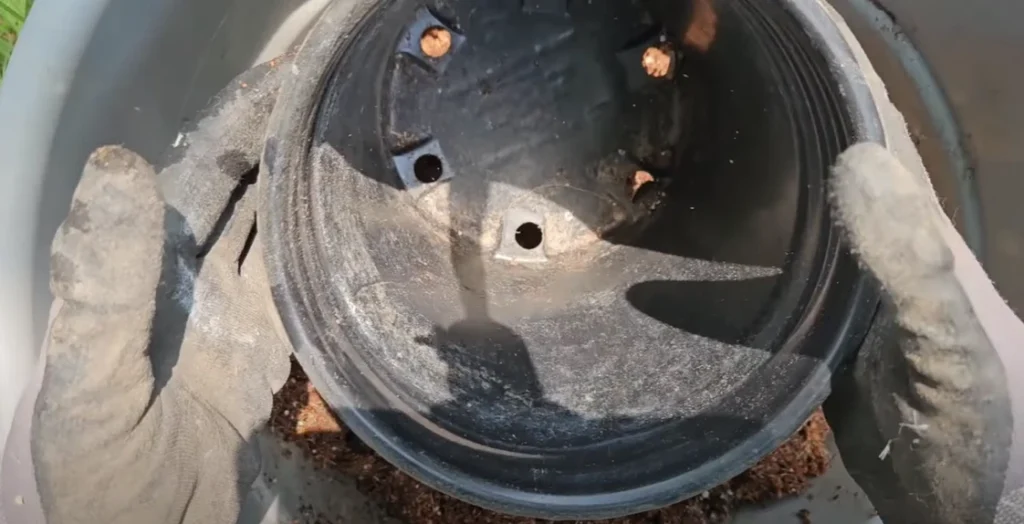
If you buy pre-made potting mix, I suggest adding a little extra perlite to help with drainage.
Here’s what I used in my homemade mix:
- Peat moss
- Coconut coir
- Shale
- Perlite
- Compost
- Worm castings
You don’t have to use all these. I just used what I already had.
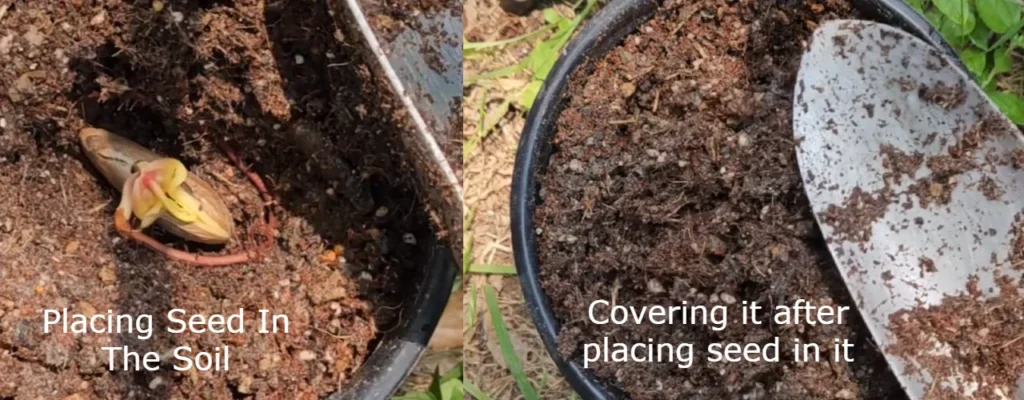
Step 4: Giving the Tree Proper Sun and Water
Mango trees love the sun. They need at least 6 to 8 hours of full sun every day. I keep mine in a sunny spot, but since it gets really hot here, I cover it with a cheap shade cloth to protect it. It’s doing just fine under that cover.
I water my tree once or twice a week, depending on the weather. If it rains, I skip watering.
Step 5: Watching It Grow
Here’s how quickly it grew after planting:
- 4 days after planting: The tree had already popped up from the soil.
- 6 days after planting: The leaves started growing fast.
I feed my mango tree once a week using Miracle-Gro liquid fertilizer. I also add a few scoops of worm castings now and then. It seems to be helping a lot.
What to Expect in Two Months
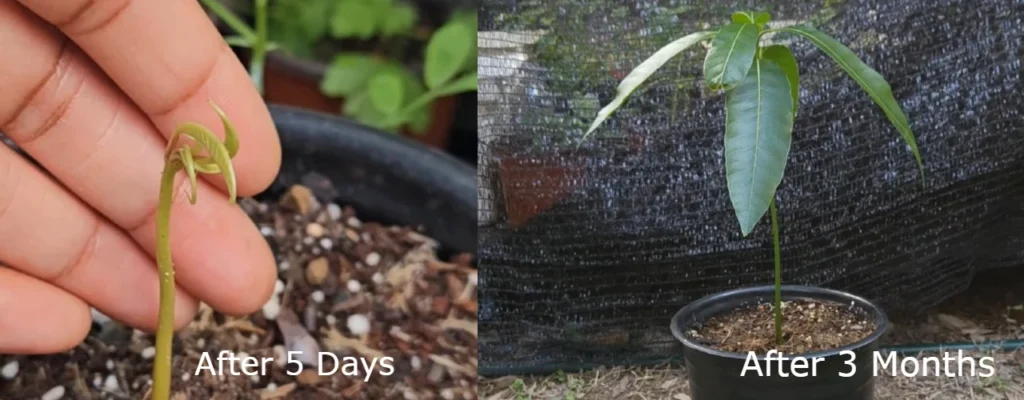
After about two months, my mango tree looked strong and healthy. But there’s something you should know — it takes a long time to get fruit.
Here’s the truth:
- It may take at least 5 years for the tree to start producing mangoes.
- Even then, you might not like the fruit. It’s kind of a gamble.
If you want to be sure you’ll enjoy the mangoes, you might want to buy a grafted tree instead. But for me, this was a fun project and worth the wait.
Final Thoughts
If you’ve ever thought about growing a mango tree from seed, just do it. Don’t worry about how long it takes. Time will pass anyway. Plant the seed now, take care of it, and one day you might get sweet mangoes from a tree you grew yourself.
Good luck, and happy planting!
Frequently Asked Questions (FAQs)
What is the best mango variety to grow from seed?
When growing from seed, the variety is unknown and may not match the original fruit. If you want a specific taste and quality, consider buying a grafted variety like Alphonso, Kent, or Ataulfo.
What temperature and climate do mango trees need?
Mango trees grow best in tropical or subtropical climates with temperatures between 70°F to 85°F (21°C to 29°C). They cannot survive frost, so in colder areas, it’s best to grow them in containers and move them indoors during winter.
What are common mistakes to avoid when growing mango from seed?
Avoid overwatering the seed, using soil that doesn’t drain well, placing the plant in low-light spots, neglecting root health, and letting the seed dry out before germination.
How can I prevent pests and diseases on my mango tree?
Inspect your tree regularly for pests like aphids and mealybugs. Use neem oil as a natural preventive spray. To avoid fungal issues, make sure your tree gets good airflow and is not overcrowded.
When should I prune a young mango tree and how?
Start pruning when the tree is around 1 to 2 feet tall. Pinch off the top to encourage side branches and a fuller shape. Keep pruning light in the first year to avoid stressing the young plant.
How can I tell if my mango tree is healthy or not?
Healthy trees have bright green leaves, a sturdy stem, and steady new growth. Unhealthy signs include yellowing leaves, wilting even after watering, or dark, mushy roots which may indicate rot.
When should I transplant my mango tree to a larger pot?
Transplant when roots start circling inside the pot or growing out from the drainage holes. Move to a slightly larger container and refresh the potting mix to avoid stunting growth.
What long-term care does a mango tree need?
Water deeply once or twice a week. Feed with a balanced or potassium-rich fertilizer once a month. Protect the tree from cold winds and strong sun using shade cloth if needed. Repot every 1 to 2 years.
How do I know when my mangoes are ready to harvest?
Mangoes are ripe when they develop full color and a fruity smell. A gentle squeeze should give a little softness. Seed-grown trees may take 5 to 8 years to bear fruit, and the taste may vary from the original fruit.
What should I do if my mango seed doesn’t germinate?
Make sure the seed wasn’t dried out too much before planting. Keep the paper towel moist but not soaking wet. Place the bag in a warm, dark area. If there’s mold, the environment was likely too wet or lacked airflow.


